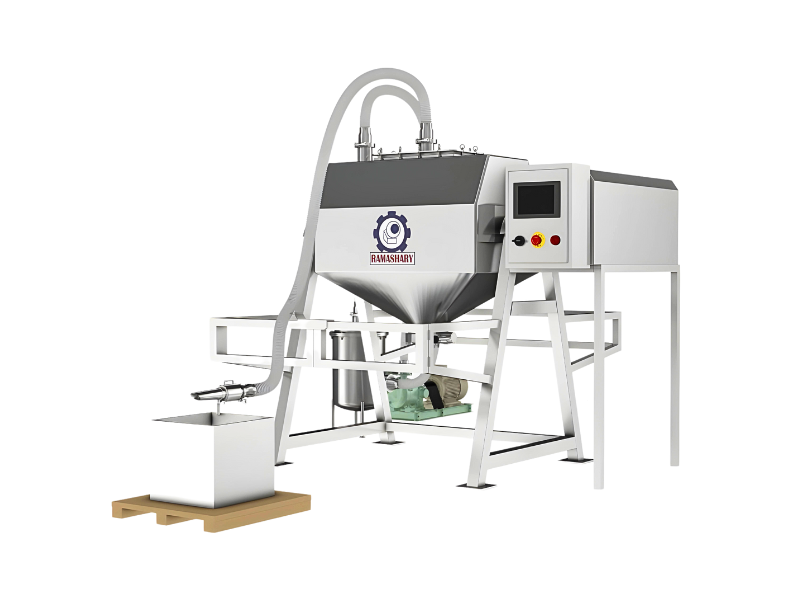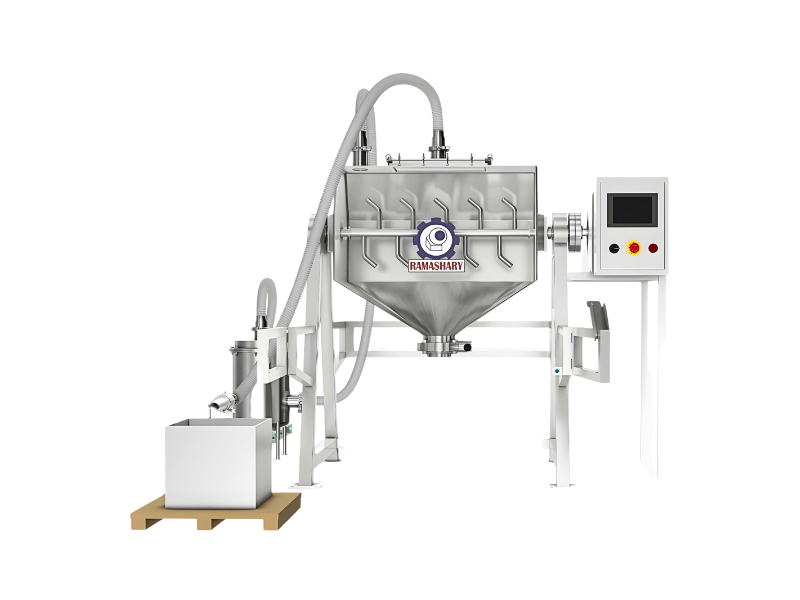Octagonal Blender
Octagonal Blender
Key Features
- Easy loading and unloading and working capacity make up 70% of the total volume.
- Slow-speed blender with a gentle blending effect.
- Vacuum Charging for automatic material loading and unloading can be opted according to the customer requirement.
- Baffles Boost the Mixing performance.
- Used for dry milling, controlled grinding, dry dispersion, deagglomeration, raw material milling and wet granulation.
Order Now
Related Products
FAQs
To calculate the capacity of an octagonal blender, you typically need to know the dimensions and geometry of the blender.
An octagonal blender typically consists of several key parts that contribute to its functionality and operation. The common parts of an octagonal blender: Octagonal Blender bin, Octagonal Blender lid, Charging port, Discharge port, Rotating Arm Assembly, Drive Mechanism, Supporting legs and many more.
Octagonal blenders are widely used in various industries where the blending of powders, granules, and dry materials is necessary. Some of the key industries where octagonal blenders find application include: Pharmaceutical Industry, Food Industry, Chemical Industry, Cosmetics Industry, Nutraceutical Industry, Detergent & Cleaning product industry, Ceramics & Construction materials, Animal feed Industry.
Baffles in an octagonal blender serve several important purposes to enhance the blending process. Here’s a look at their uses: Promotion of Mixing Efficiency, Reduction of Dead zones, Enhancement of blend consistency, control of blend time & process, Prevention of blender overloading.






